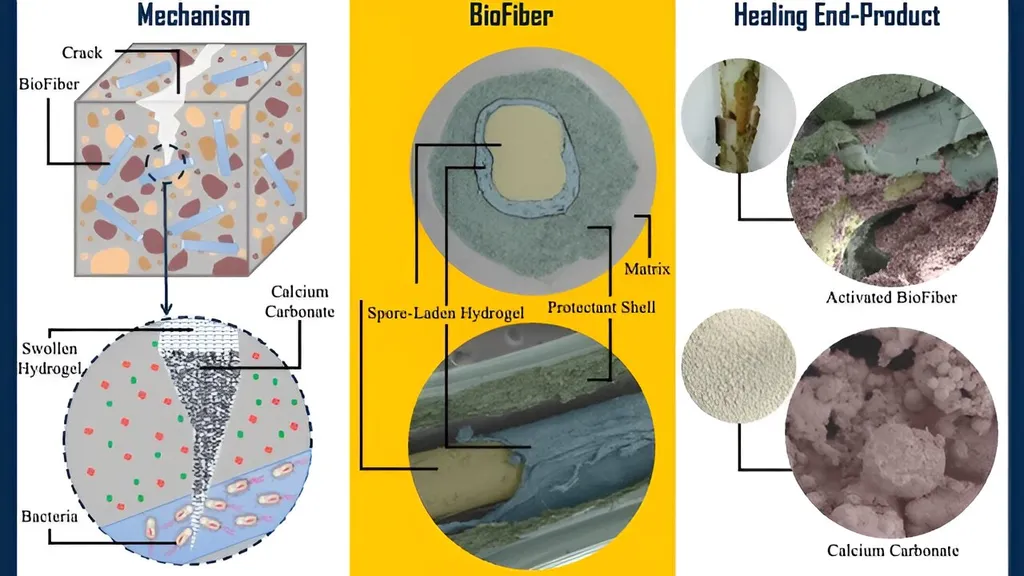In the quest to extend the lifespan of critical infrastructure, a team of researchers led by MA Mengyang from the State Key Laboratory of Bridge Intelligent and Green Construction at China Railway Major Bridge Engineering Group Co., Ltd., has made a significant stride in the realm of self-healing materials. Their study, published in the Journal of China University of Mining and Technology (矿业科学学报), explores the potential of nano-micro silica modified hydrogels to revolutionize the repair and maintenance of cement-based structures, a breakthrough that could have profound implications for the energy sector.
The team’s research focuses on enhancing the self-healing capabilities of cement-based materials, a critical area of study for ensuring the longevity and safety of engineering structures. By compositely modifying hydrogels with nano-micro silica fume, the researchers were able to significantly boost the water absorptivity of superabsorbent polymers (SAP), a key component in the self-healing process. “We observed an impressive increase of up to 189% in water absorptivity,” noted MA Mengyang, lead author of the study. This enhancement translates to a marked improvement in the material’s ability to heal cracks, particularly those measuring 0.3 mm in width.
The study delved into various factors influencing the crack healing effect, including crack widths, types of hydrogels, hydrogel dosages, and initial particle sizes. The findings revealed that for narrower cracks (0.1 mm), hydrogels exhibited effective healing at a low dosage of just 1%. However, for wider cracks (0.3 mm), a higher dosage of 3% was required to achieve optimal healing efficiency. Interestingly, the research also showed that hydrogels with larger initial particle sizes demonstrated better crack healing abilities, regardless of crack width.
The implications of this research for the energy sector are substantial. Cement-based materials are widely used in energy infrastructure, from power plants to pipelines. The ability to self-heal cracks in these materials can lead to significant cost savings by reducing maintenance and repair expenses. Moreover, it can enhance the safety and reliability of energy infrastructure, minimizing the risk of failures that could lead to costly downtime or environmental damage.
“This technology has the potential to transform the way we approach the maintenance and repair of critical infrastructure,” said MA Mengyang. “By integrating self-healing materials into our designs, we can create more resilient and sustainable structures that require less frequent interventions.”
The study’s findings pave the way for future developments in the field of self-healing materials. As researchers continue to explore the potential of nano-micro silica modified hydrogels, we can expect to see more innovative applications in various industries, including construction, energy, and transportation. The research published in the Journal of China University of Mining and Technology (矿业科学学报) not only advances our understanding of self-healing materials but also opens up new possibilities for creating more durable and efficient infrastructure.

